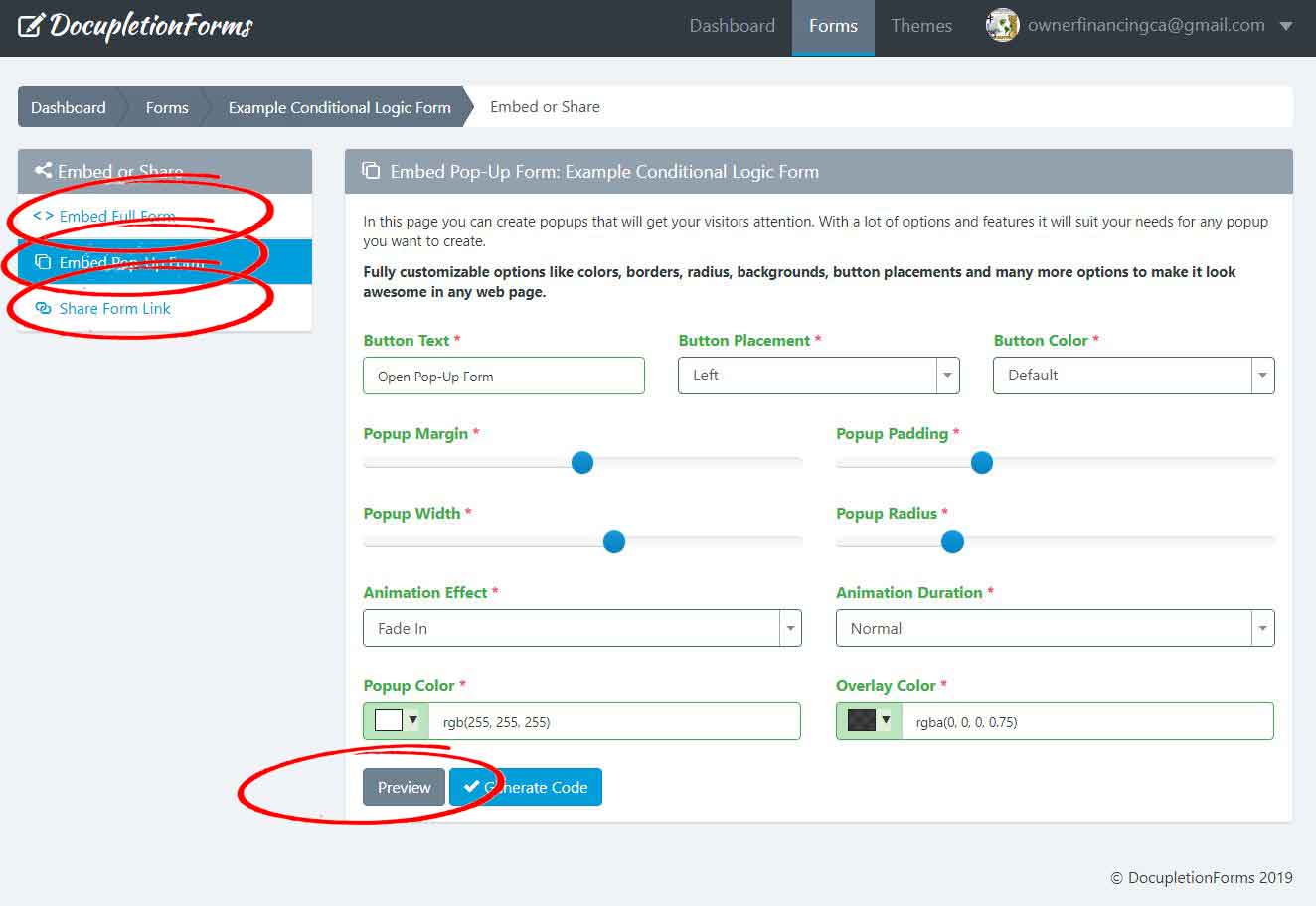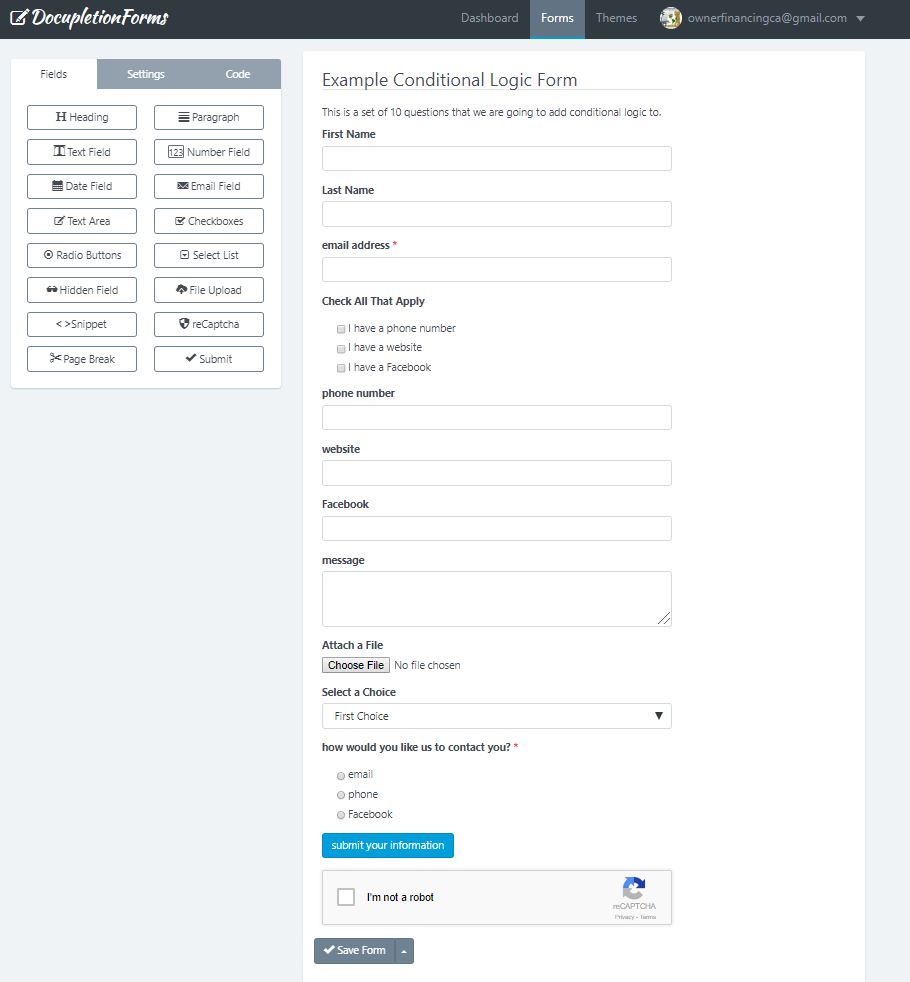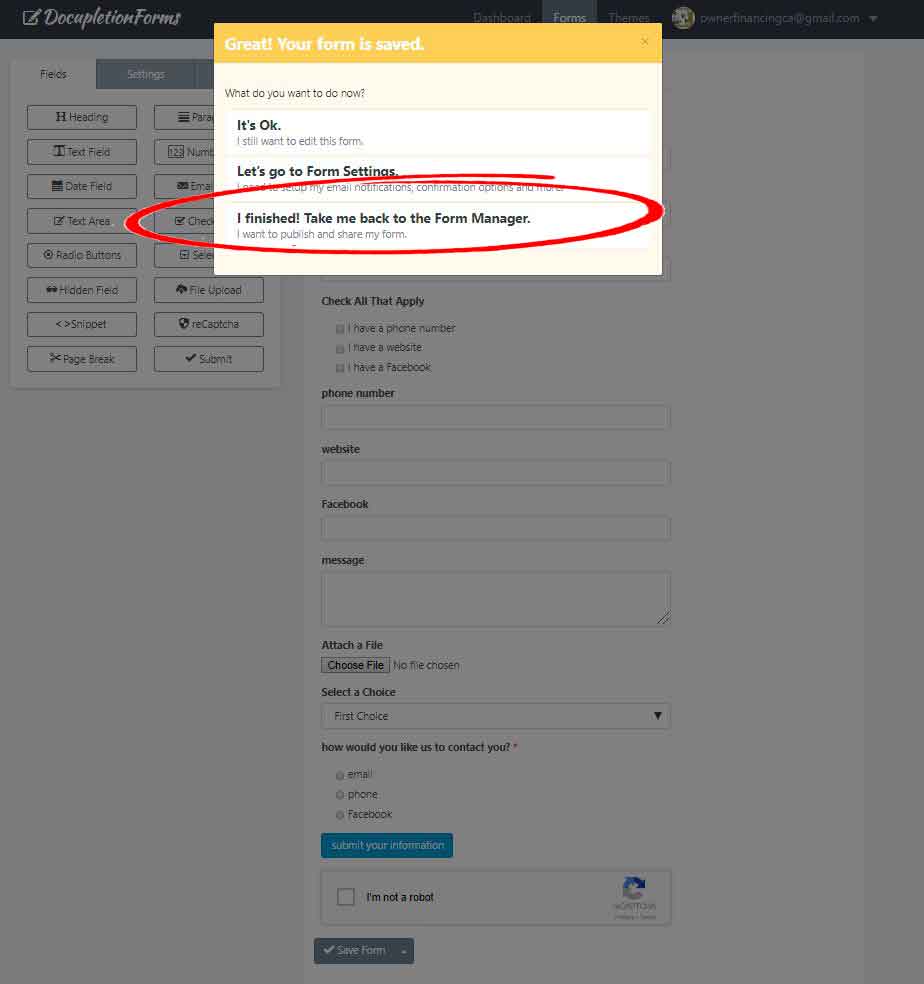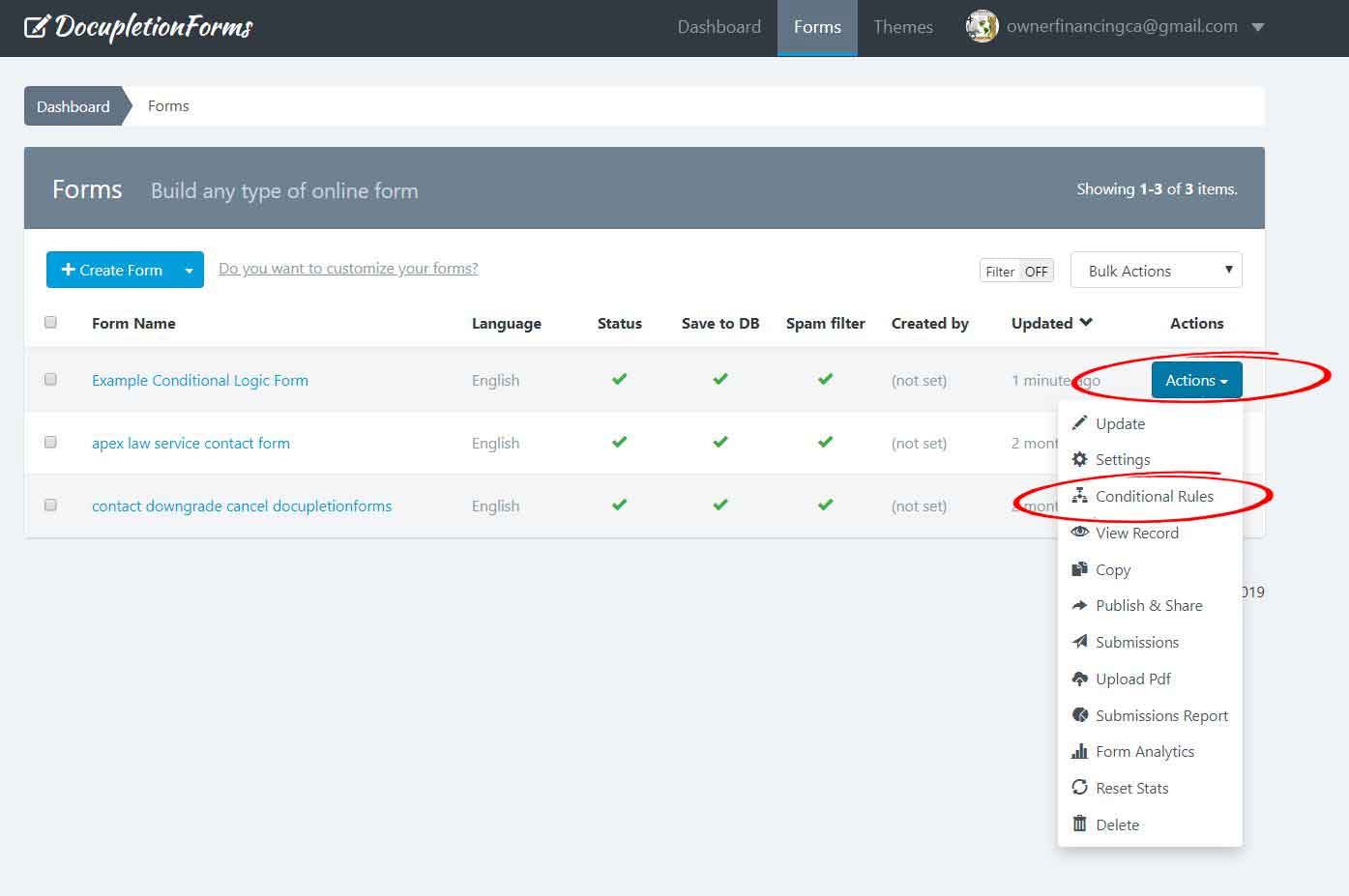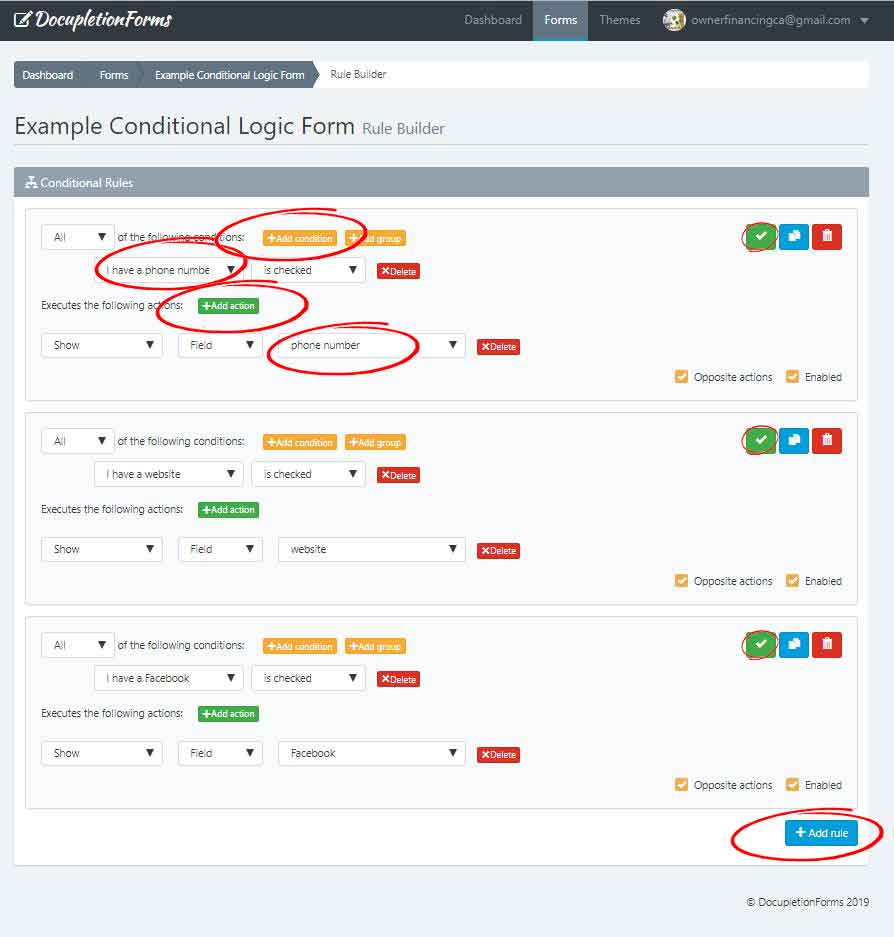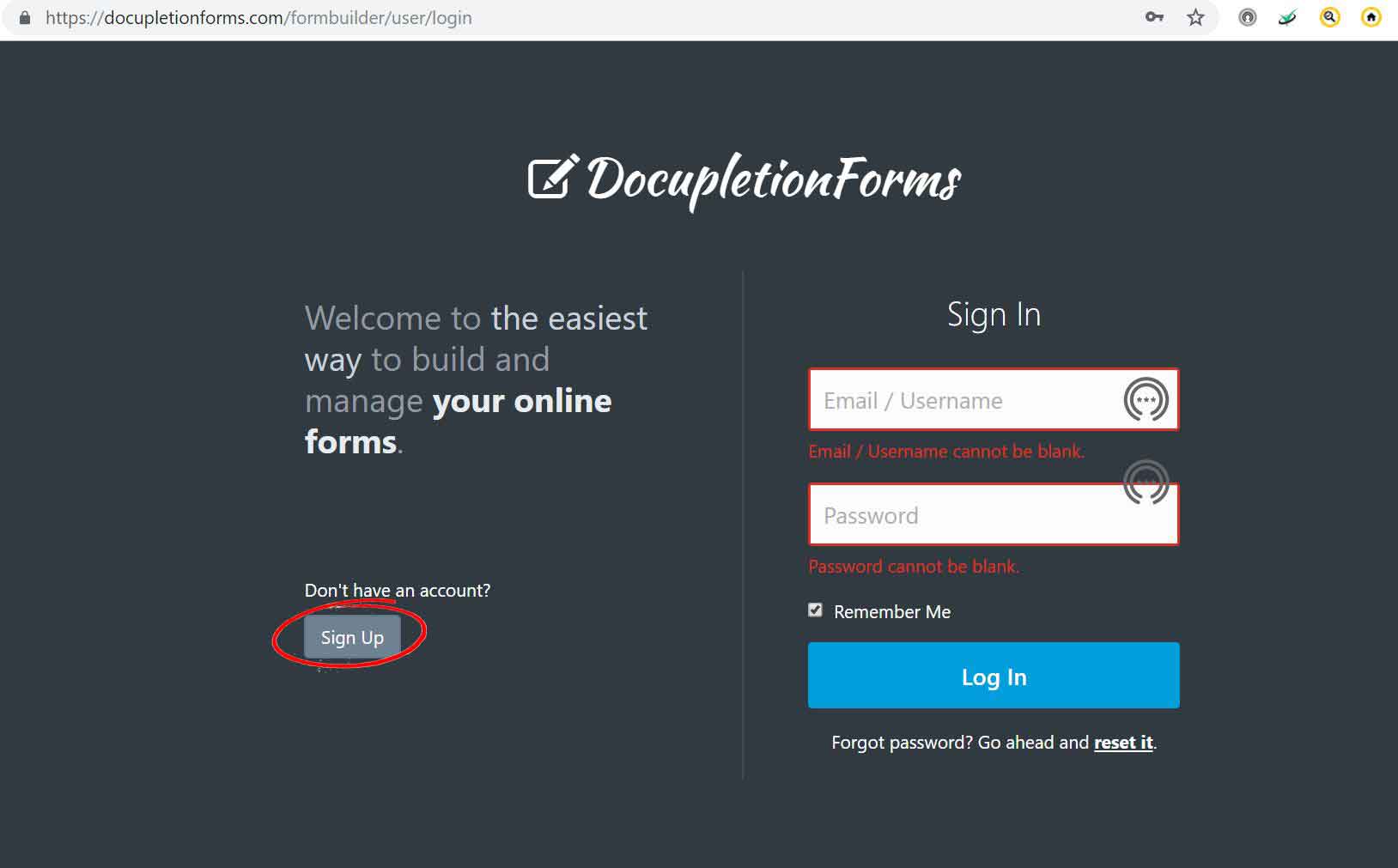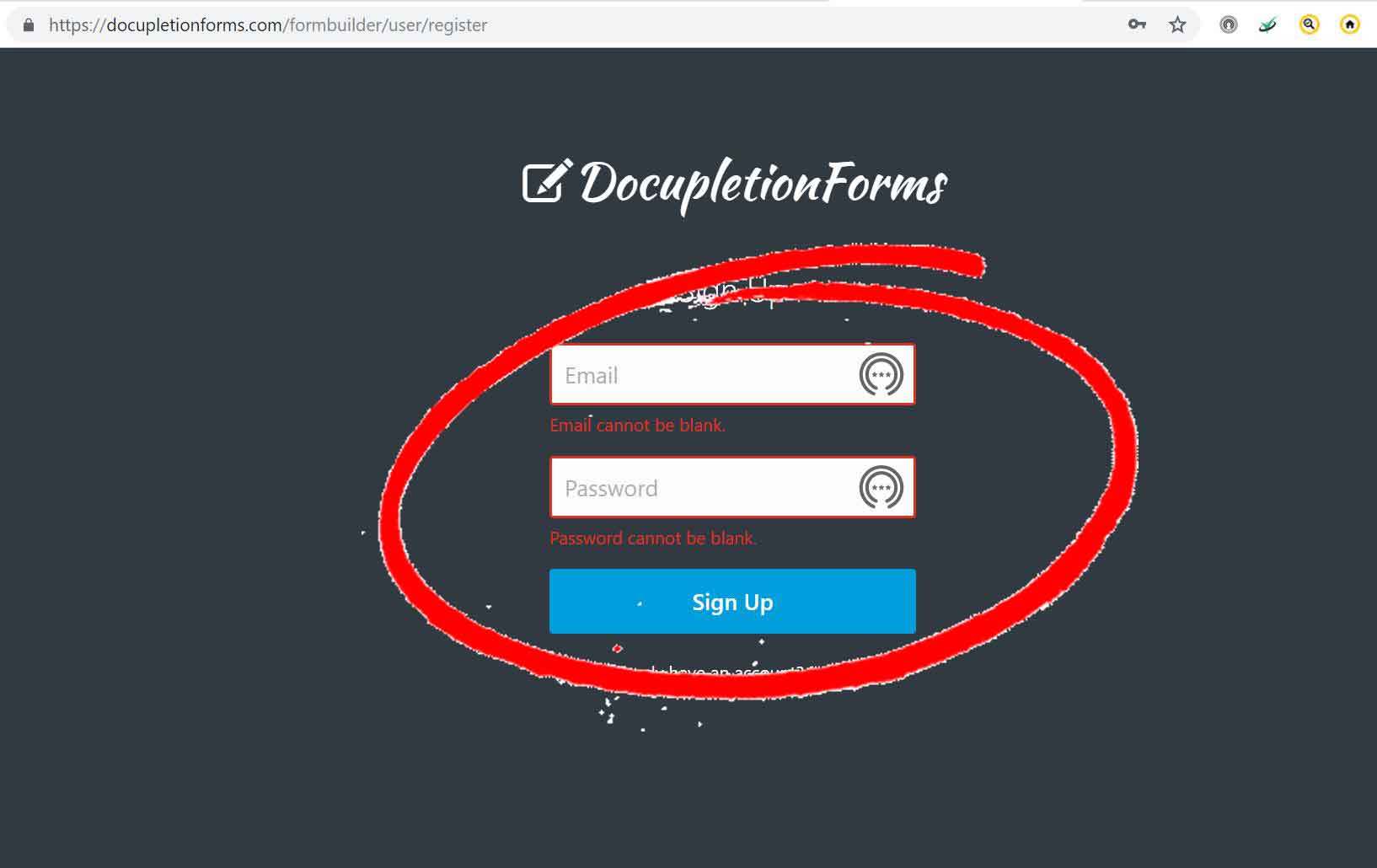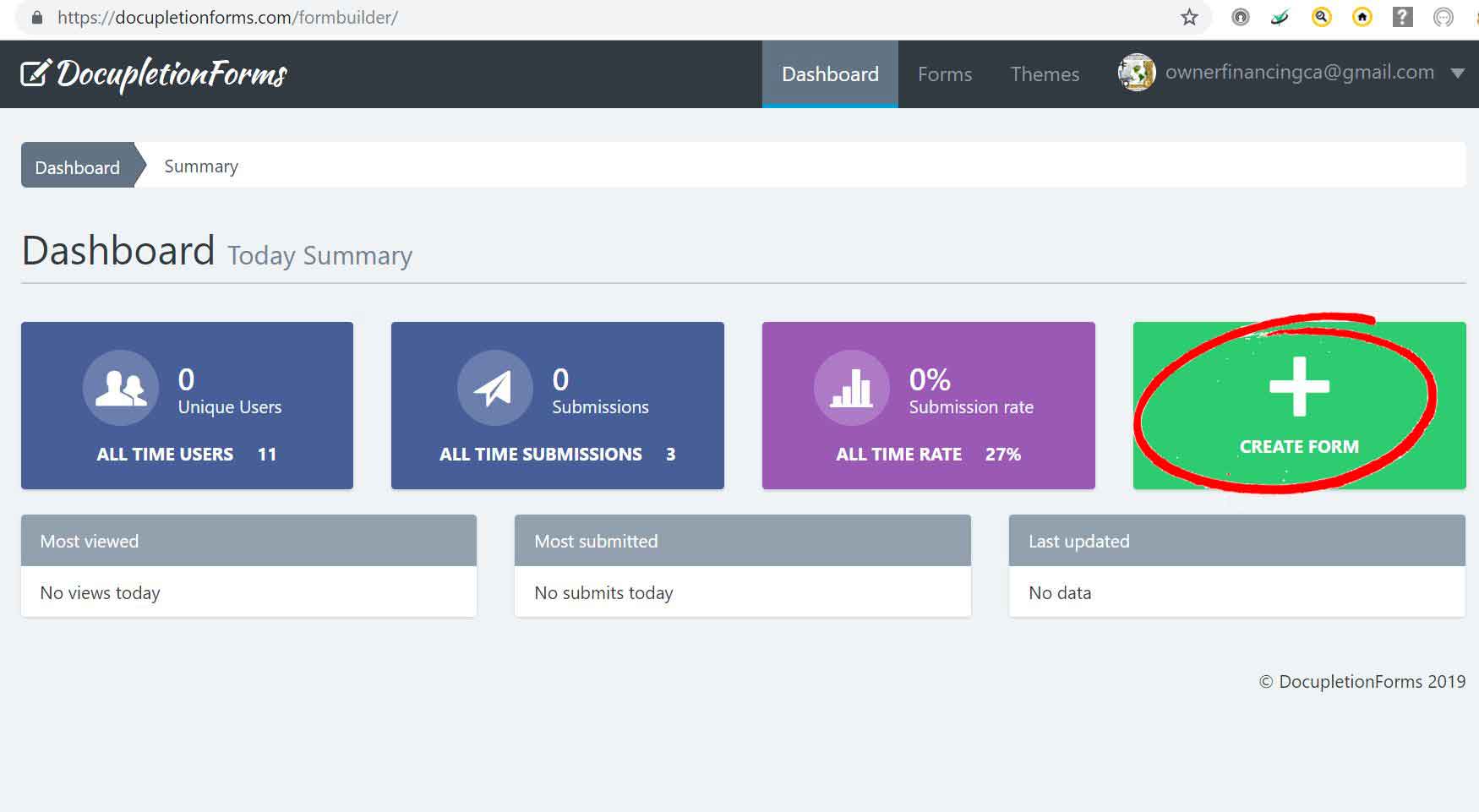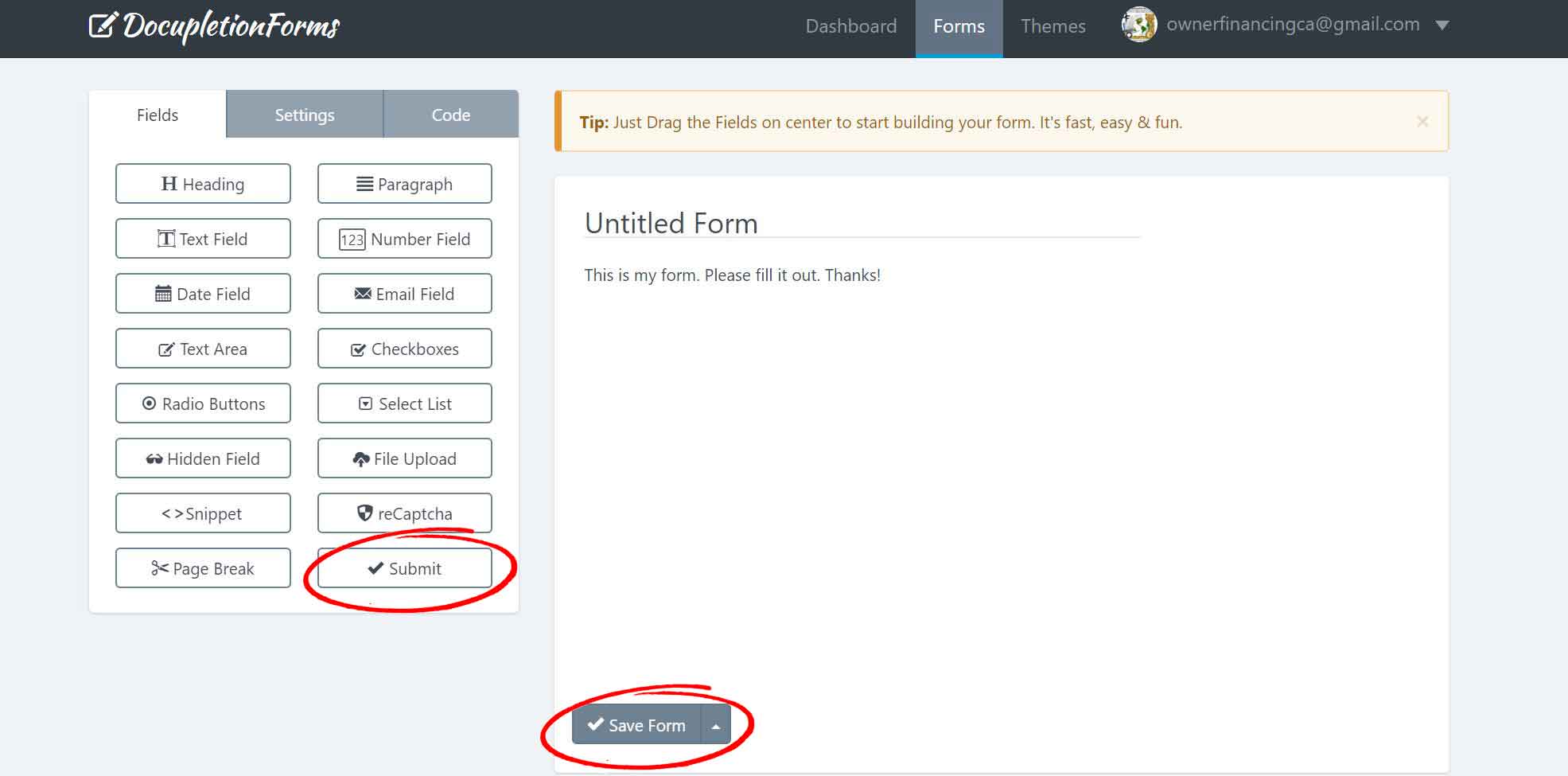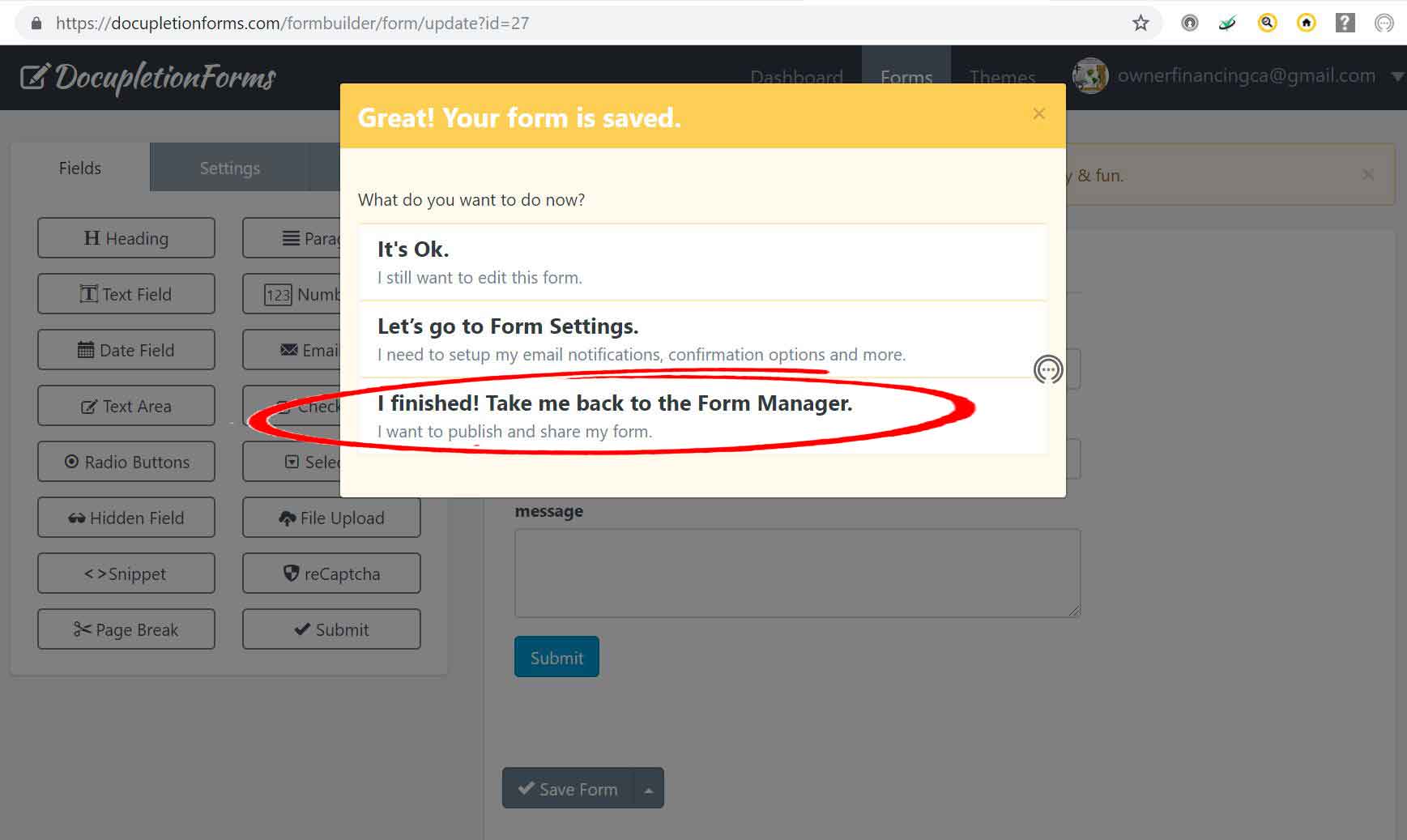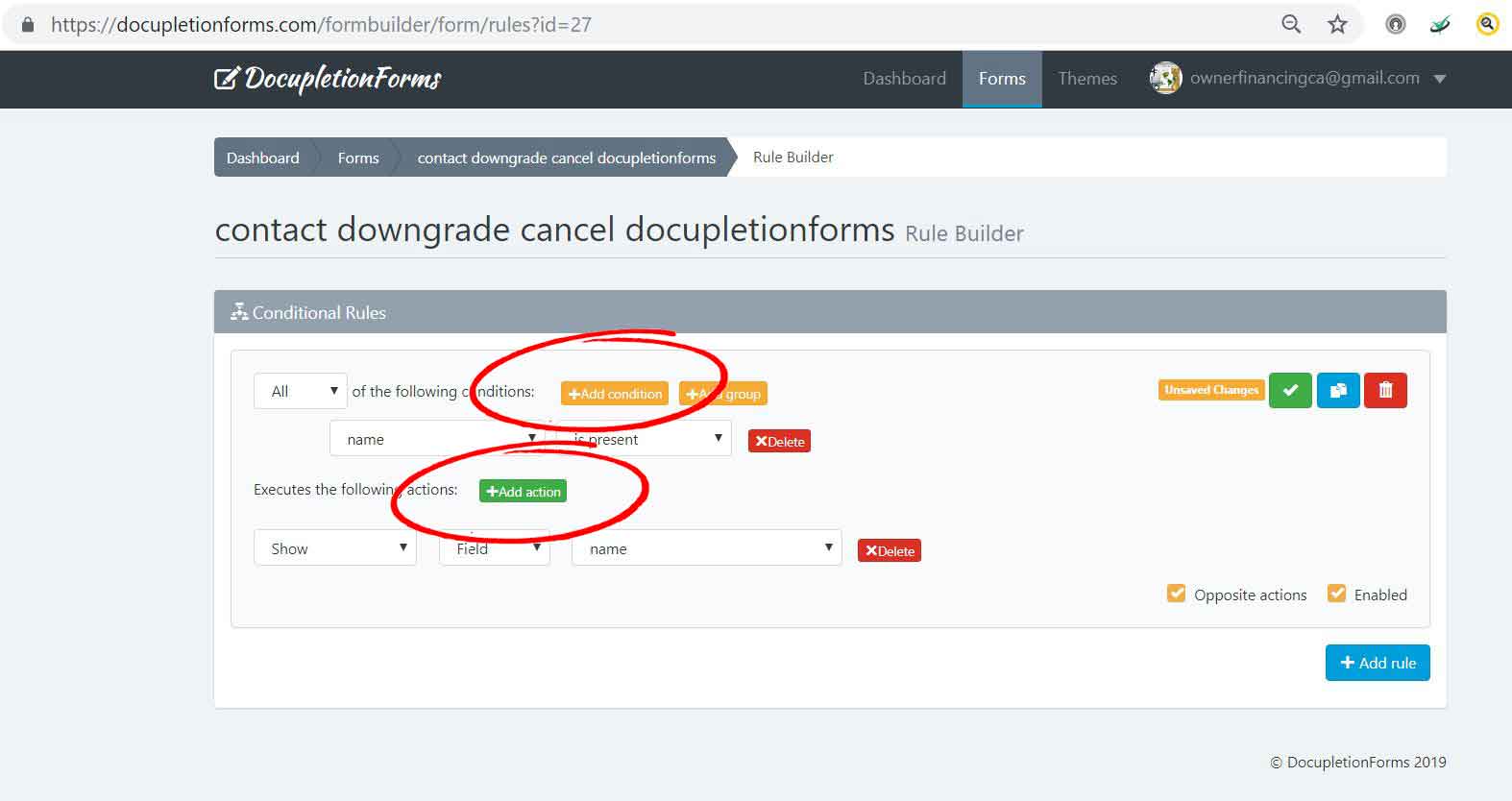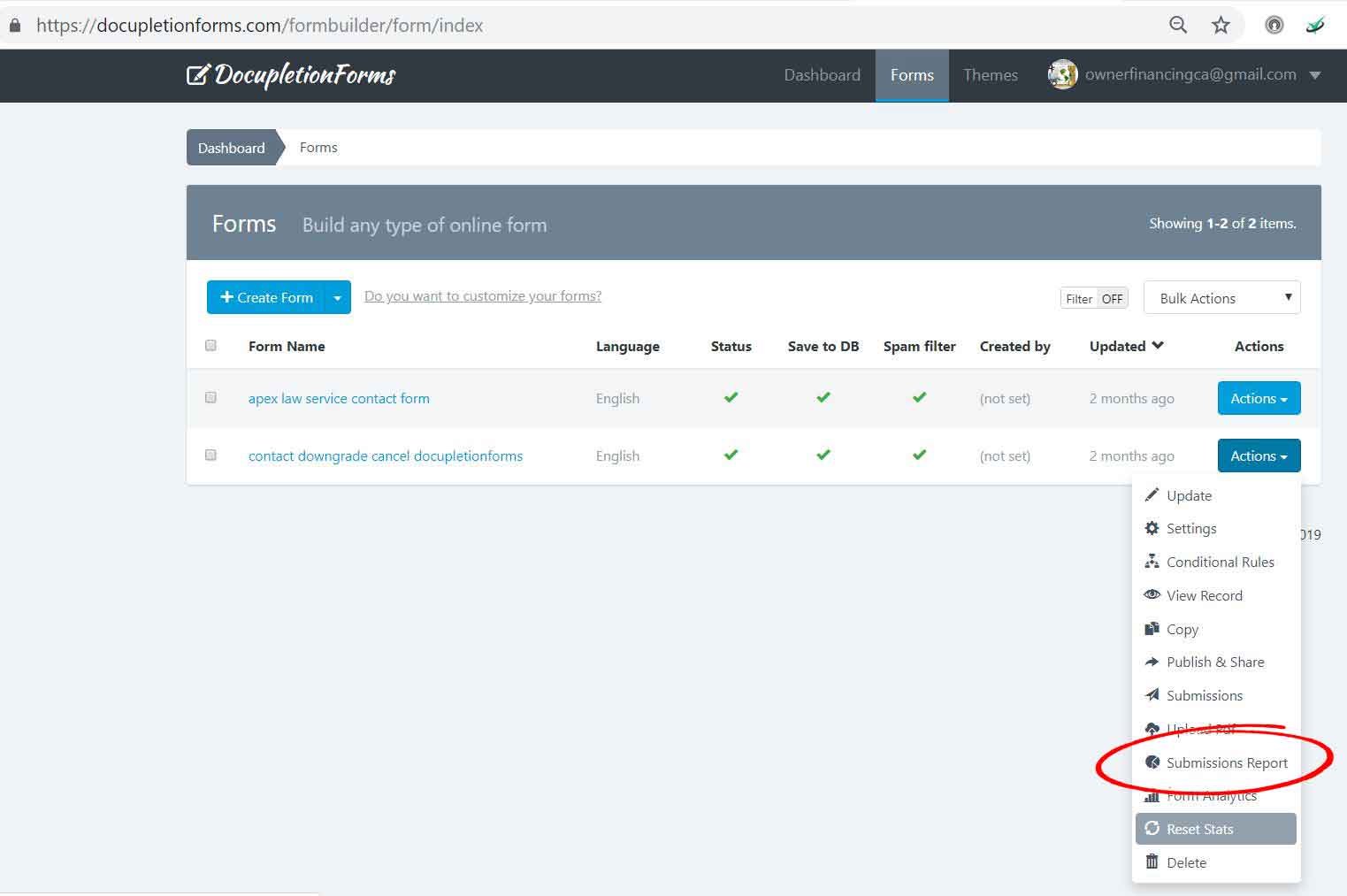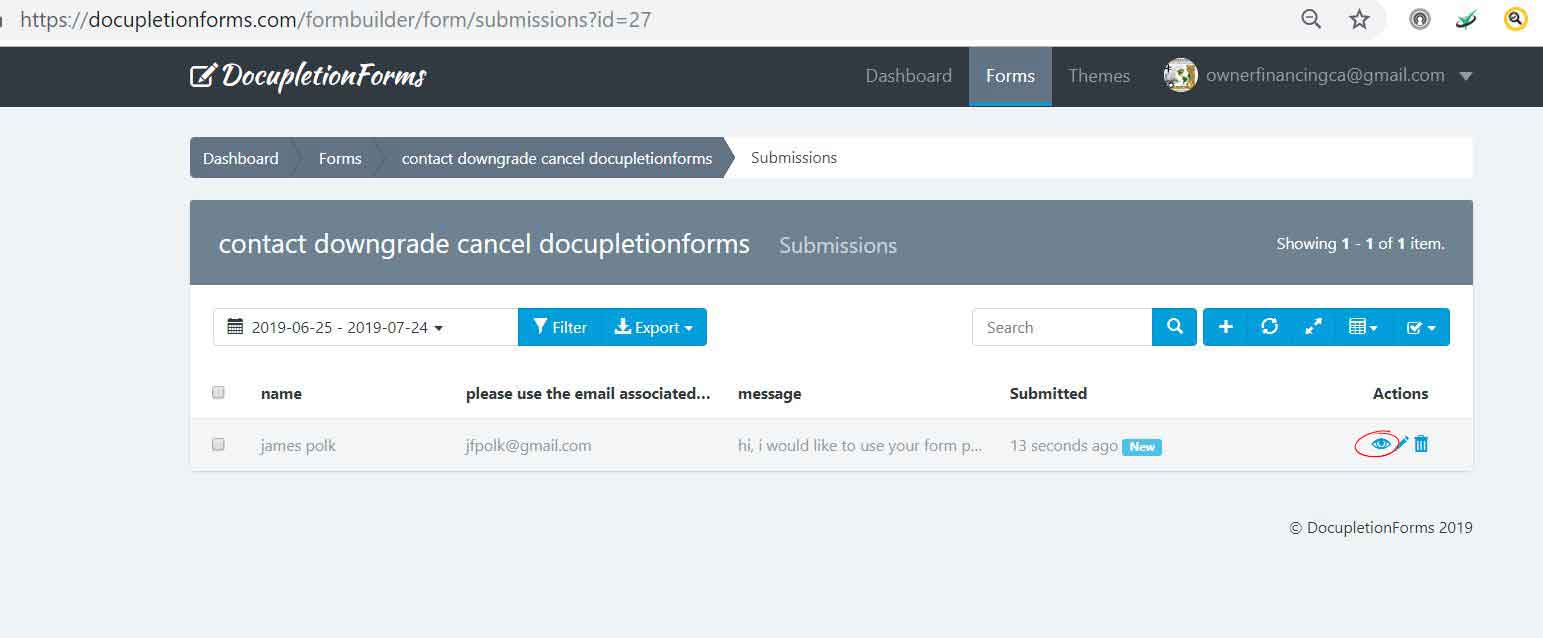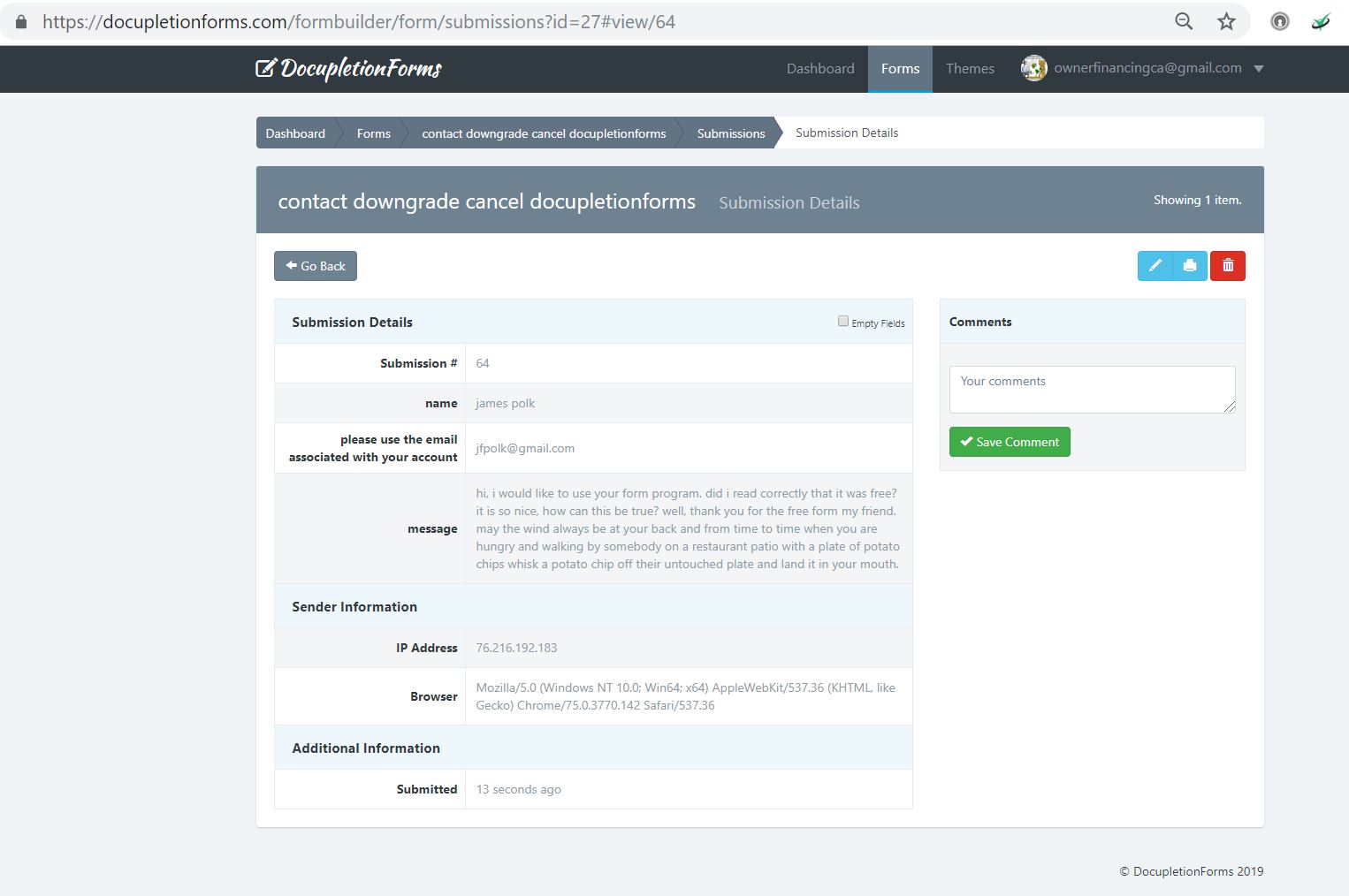Steps to Mastering Storytelling for Your Business
Over the years, there has been a significant shift in digital marketing towards visual social media networks such as Instagram, YouTube, and Snapchat. For marketers willing to grow their brand, it is essential to target audience in such media platforms and the internet in general. Storytelling is a significant element of modern marketing. Brands that have mastered storytelling art have a competitive advantage.
While the essence of any story used in marketing differs, the end goals are almost the same – engaging with the target audience in a manner that guarantees the business improved engagement, conversions, high sales and better ROI. Your story should have a target audience, the right message and a medium. Here are some aspects you need to master storytelling for your brand.
1. Start By Understanding Your Audience
While you may have a message in mind that you want to pass to your prospects and customers, it is not just any message that will give you the necessary engagement and results. Your message has to align with the needs and pain points of the audience that you are planning to target.
Learning about your audience is the first step towards mastering effective storytelling for your business. The rationale is that get to know what their tastes and preferences are so that you can customize your story around such aspects for a higher chance of success.
2. Establish Your Purposes For Telling The Story
A marketing story should have a definite purpose. Usually, many marketers miss the point by being overly promotional and salesy. The modern customers are millennials who do not fancy anything that promotes a brand. If you are too promotional or salesy, your story will have low engagement. That is why it is necessary to establish your story’s purpose.
Your sole purpose should revolve around offering solutions to some of the problems your prospects and customers are facing. That is the only way your audience is likely to associate with your brand. However, make sure that you have a worthy character to help in creating a memorable aspect in the audience. A great approach is to use the audience themselves as the character as evident in the case of Nike’s Find Your Greatness.
3. Craft An Engaging Message
A winning marketing story is not about your brand. It should contain an emotion-evoking message. Make sure that the story you have in your story hooks the audience. All the elements of the story should resonate. If it is a piece of music included, let it have the same effect on the audience as the video and the message itself.
Avoid using computer-generated voices. Remember that you want to relate with your audience as much as possible and the only way you can achieve this is assuming human characteristics in every aspect of the story. The storyline should express pity, pain, as well a catharsis, which are the essential elements that define a great story.
4. Be Persuasive
While you are trying to be overtly promotional, your end goal is for your audience to take some action. Whether it is to subscribe to a certain program or buy your products or service, you need to put in the extra effort that will make it hard for them to deny your call to action when you drop it. Therefore, your story should motivate the audience as this guarantees a positive response.
Storytelling is an effective and powerful way to generate leads. However, you will not get engagement if you keep telling your audience about things they already know. Share issues they do not know, and which can have a positive impact on them.
Remember to use a call to action that most people will want to take. Your story should carry a positive voice and be empathic. This triggers trusting feelings in your audience.

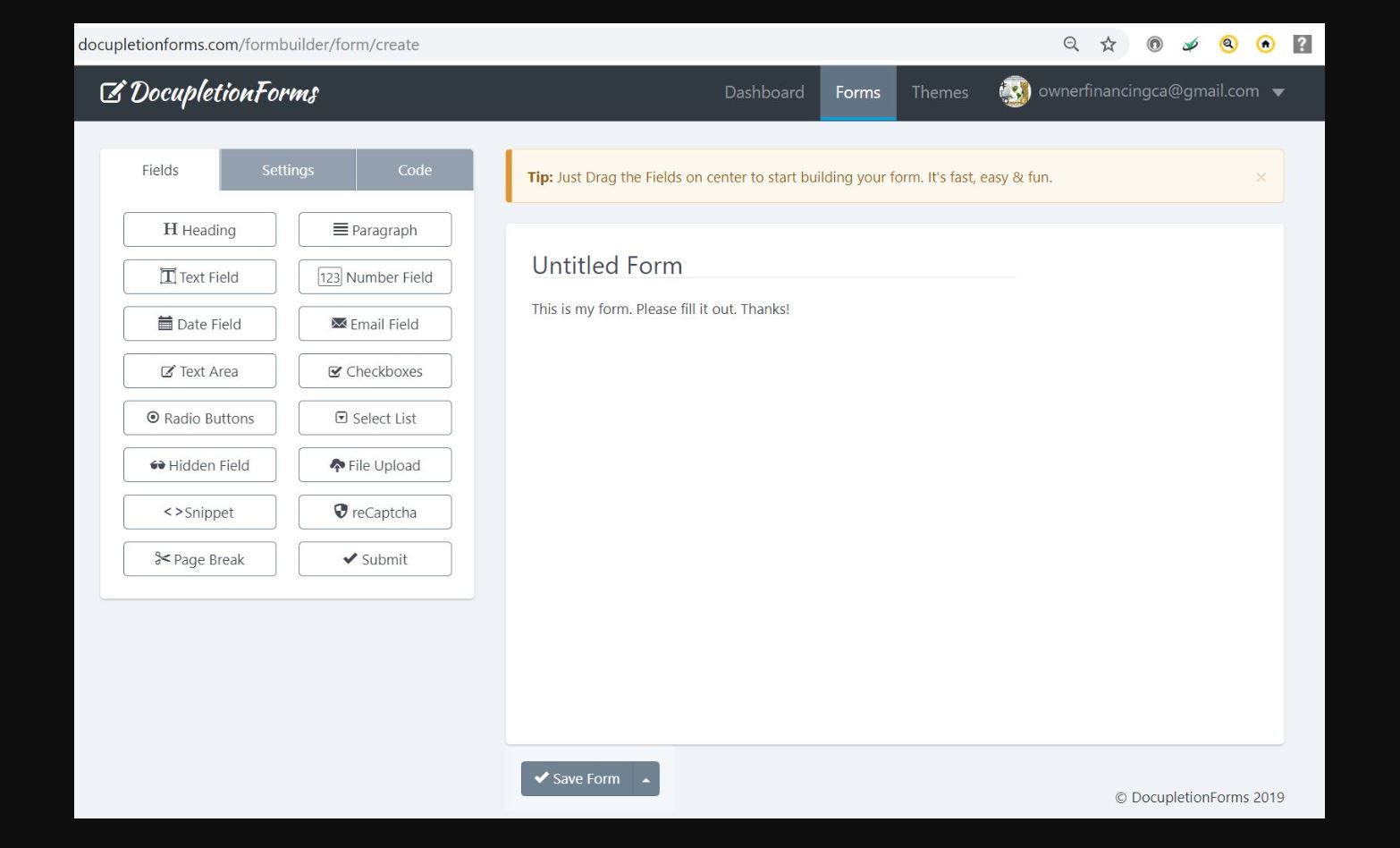

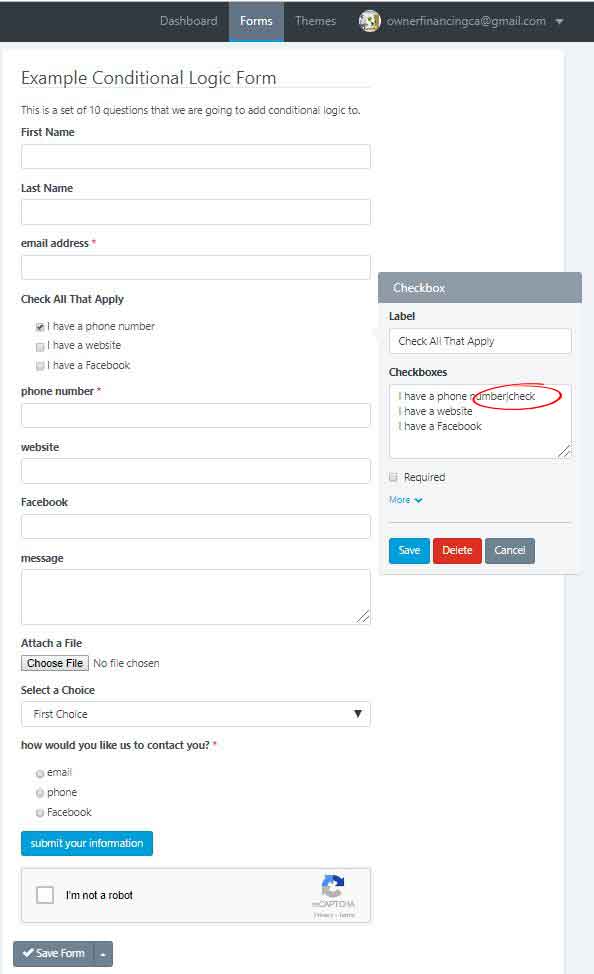


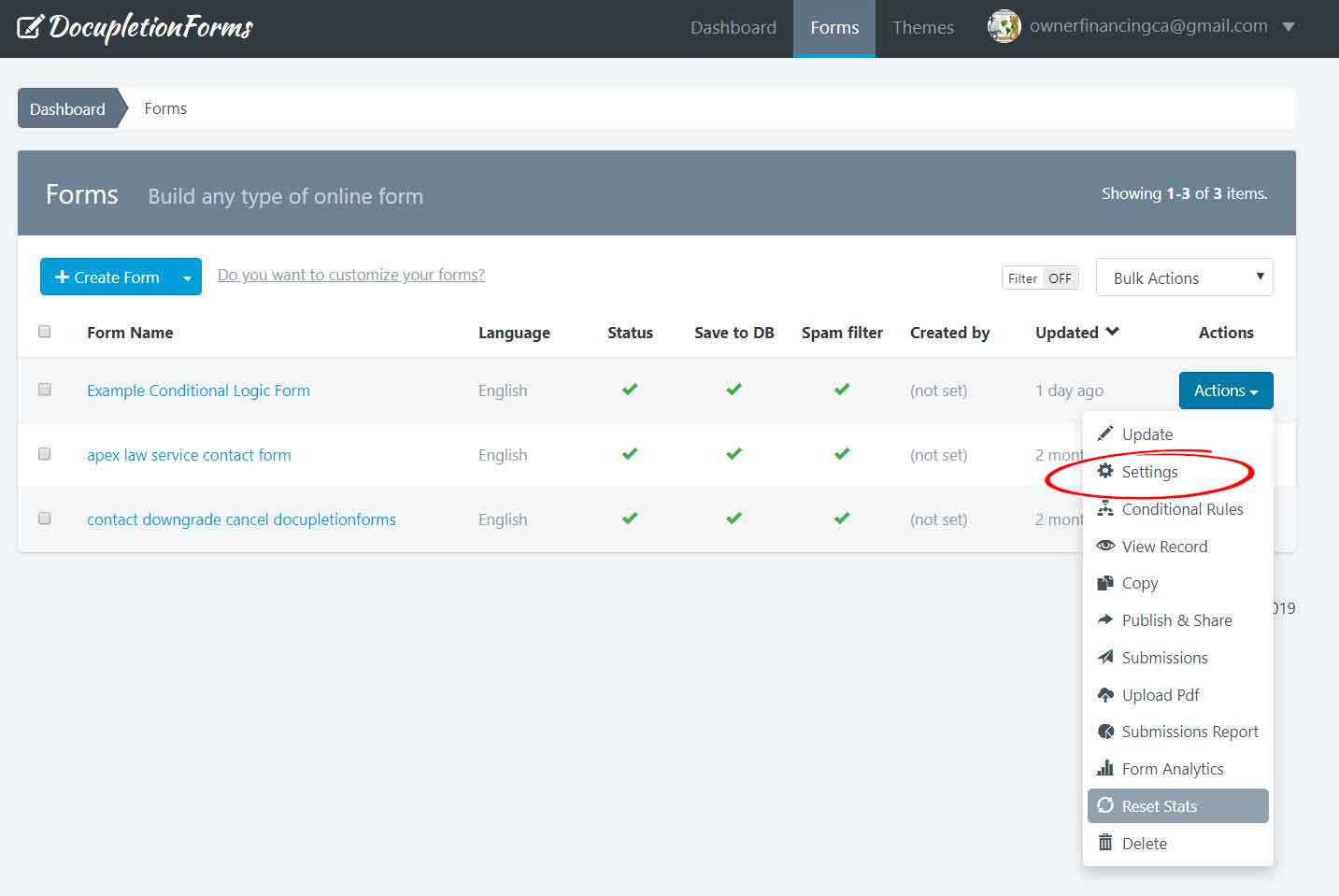 2. Click the circled elements and make sure to enter the appropriate information so that the person submitting their form receives a confirmation email. I circled the redirect to another page setting, but you can select the two options that give the person submitting the form a message rather than redirecting them anywhere.
2. Click the circled elements and make sure to enter the appropriate information so that the person submitting their form receives a confirmation email. I circled the redirect to another page setting, but you can select the two options that give the person submitting the form a message rather than redirecting them anywhere.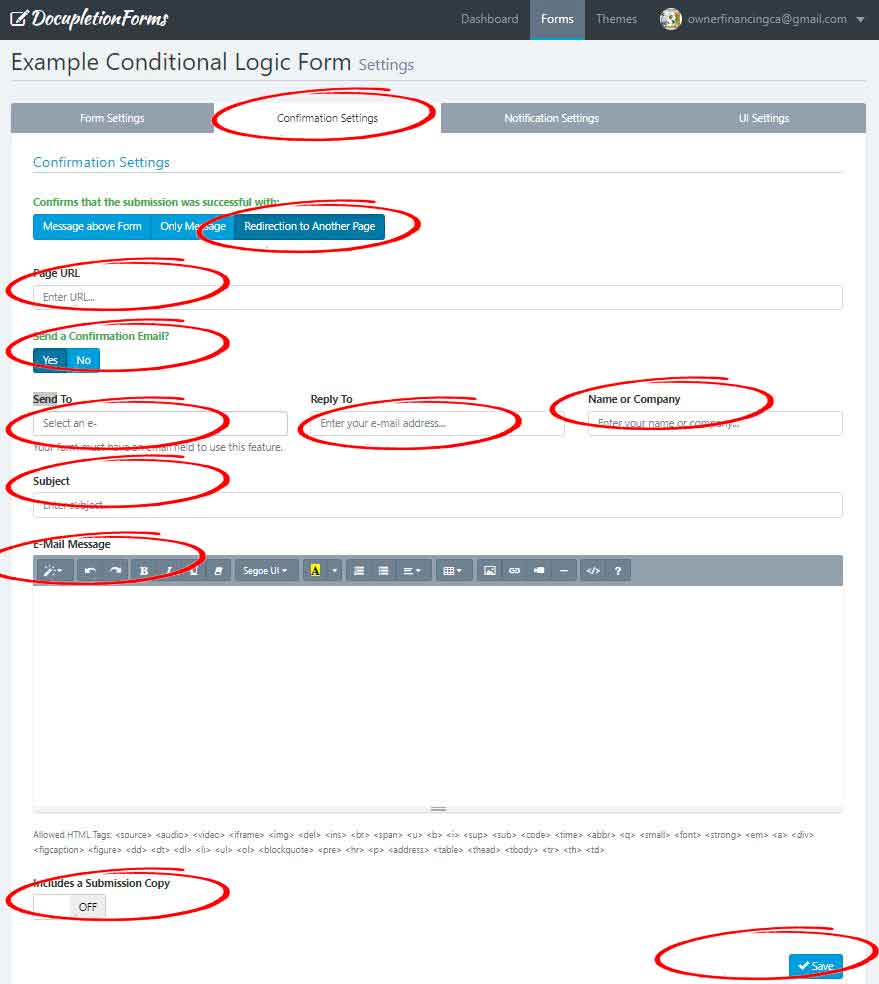 3. Click the circled elements and make sure to enter the appropriate information so that you yourself receive a preset notification email.
3. Click the circled elements and make sure to enter the appropriate information so that you yourself receive a preset notification email.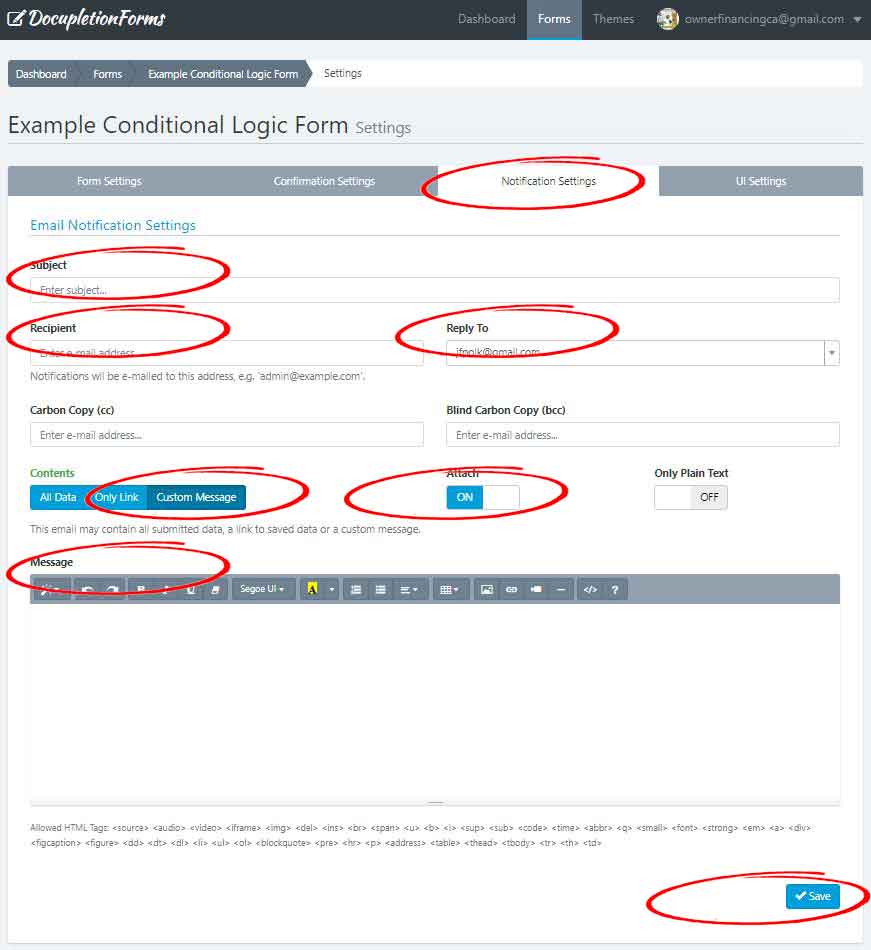 4. Click the publish & share tab in the actions drop down menu in the form tab.
4. Click the publish & share tab in the actions drop down menu in the form tab.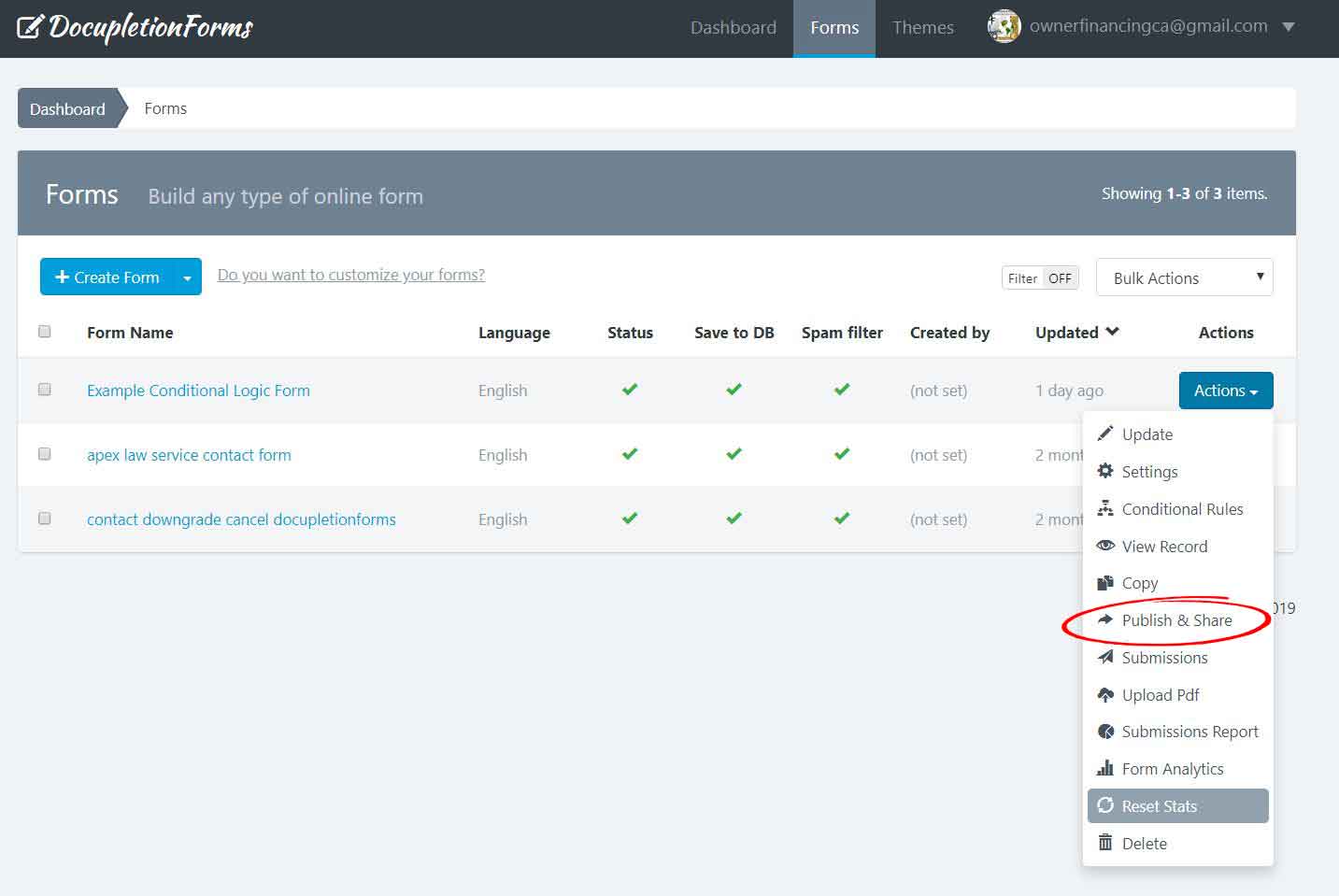 5. Click either the embed full form tab (gives you an html code to embed into your page where you want to embed the form. Our name will not appear at the top of your form), the embed pop up form tab (gives you an html code and it is really nice looking the way it makes the form pop over the page where you embed it. It can cause problems with the spacing on your desktop viewed website pages and it can also interfere with smartphones. You just have to fiddle with it. It is super nice looking. Our name will not appear at the top of your form), or the share link tab (leave the without box checkbox unchecked at the bottom friendly link section and our name will show at the top of your form, check it and it will not show, but it will be a full page).
5. Click either the embed full form tab (gives you an html code to embed into your page where you want to embed the form. Our name will not appear at the top of your form), the embed pop up form tab (gives you an html code and it is really nice looking the way it makes the form pop over the page where you embed it. It can cause problems with the spacing on your desktop viewed website pages and it can also interfere with smartphones. You just have to fiddle with it. It is super nice looking. Our name will not appear at the top of your form), or the share link tab (leave the without box checkbox unchecked at the bottom friendly link section and our name will show at the top of your form, check it and it will not show, but it will be a full page).